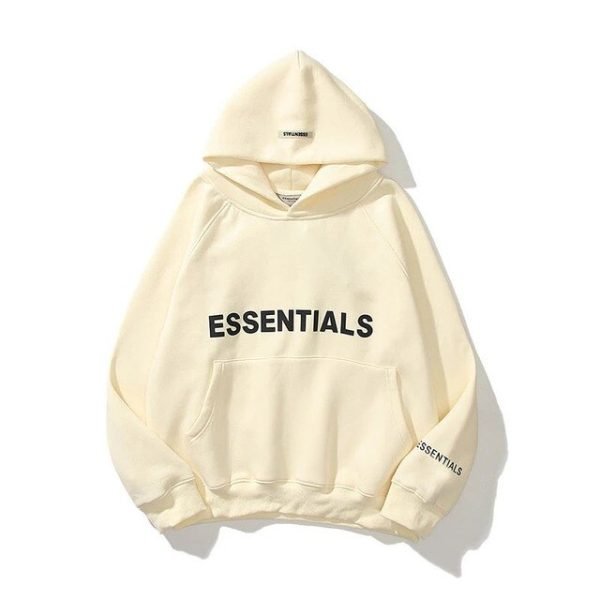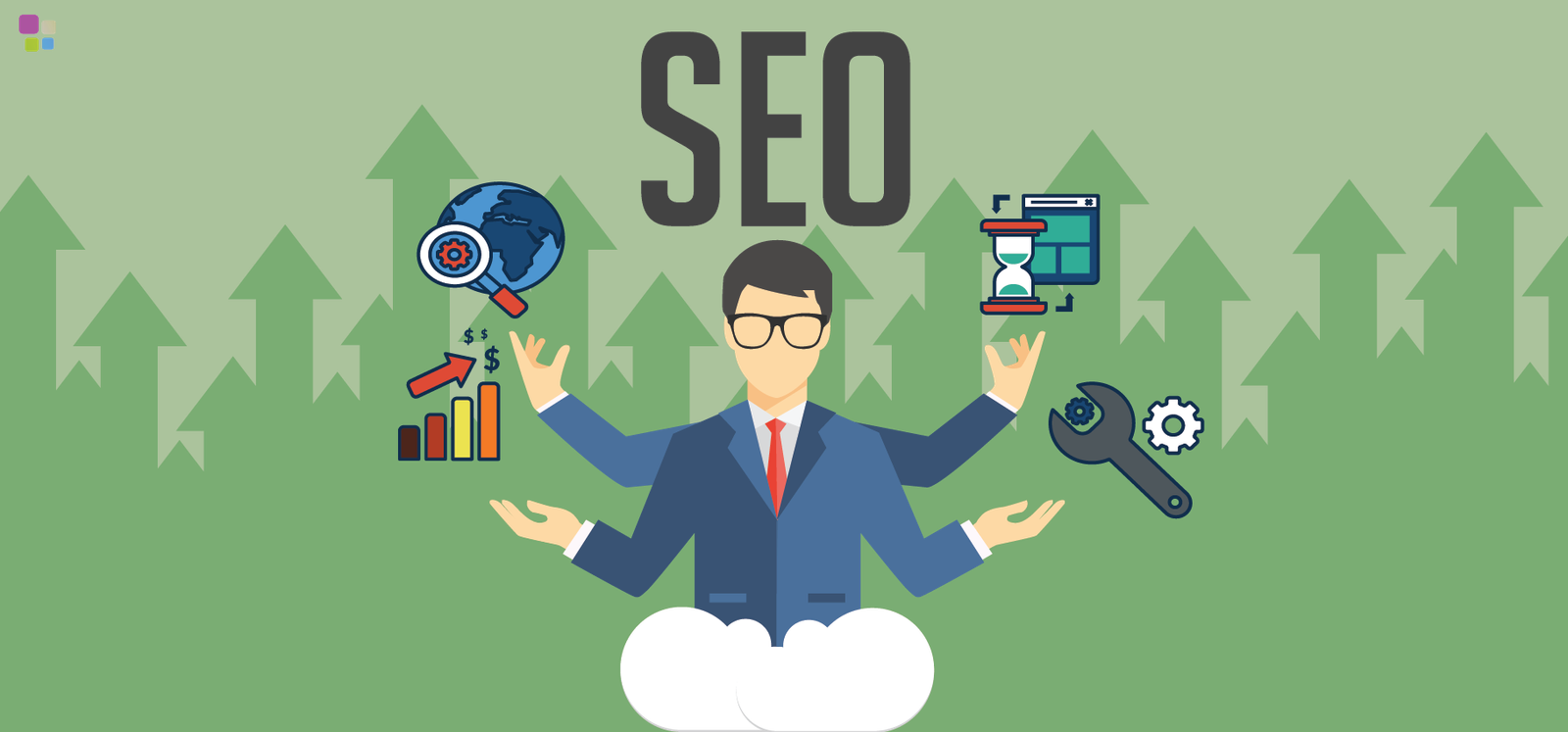If you’re ready to elevate your brand’s digital presence and convert more leads into loyal customers, mastering the content marketing funnel is non-negotiable. It’s the strategic backbone that turns casual visitors into paying customers through a well-planned sequence of targeted content. Whether you’re a startup entrepreneur or a marketing professional, this guide will walk you through how to build an effective content marketing funnel step-by-step — in a way that’s easy to implement and powerful in results.
In this article, you’ll learn how to:
- Understand the content marketing funnel structure
- Identify your target audience and their journey
- Create content tailored to each funnel stage
- Use tools and metrics to optimize your efforts
Let’s dive in and Master Digital Marketing like a pro.
Understanding the Content Marketing Funnel
Think of the content marketing funnel as a path your customer follows, from discovering your brand to becoming a buyer—and even beyond. The funnel is usually broken into three key stages:
- Top of Funnel (TOFU) – Awareness
- Middle of Funnel (MOFU) – Consideration
- Bottom of Funnel (BOFU) – Conversion
Each stage requires a different approach and type of content. The key is to deliver the right message to the right person at the right time. That’s how you Master Digital Marketing and stand out in today’s crowded online space.
TOFU – Grabbing Attention
At the top of the funnel, your main goal is to attract new visitors and introduce them to your brand. Here, people may not even realize they have a problem or need. Your content needs to be educational, engaging, and designed to build awareness.
Content Types for TOFU:
- Blog posts
- Infographics
- Social media posts
- Explainer videos
- Podcasts
What You Should Do:
- Use SEO-optimized content to drive organic traffic.
- Offer value-packed blog posts answering common questions.
- Use catchy headlines and strong visuals to capture interest.
- Promote your content through paid ads and social sharing.
Example:
Let’s say you run a wellness brand. At this stage, a blog post titled “10 Hidden Signs Your Body Is Crying for Better Nutrition” would work wonders to attract readers without directly pitching your product.
Pro Tip: Always include a call-to-action (CTA), even at this early stage—like a prompt to read another blog or follow your brand on social media.
MOFU – Nurturing Interest
Now that you’ve caught their attention, it’s time to nurture that interest. This is where you build trust and prove your expertise. Your content should help your audience understand their problem more deeply and explore possible solutions.
Content Types for MOFU:
- Ebooks and whitepapers
- Email newsletters
- Webinars and workshops
- Case studies
- Product comparison guides
What You Should Do:
- Use lead magnets like downloadable guides to collect email addresses.
- Develop email sequences to educate and nurture leads.
- Share customer success stories to build credibility.
- Address common objections and provide solutions.
Example:
A great middle-funnel offer for a fitness brand could be a downloadable guide: “The Beginner’s Meal Plan for a Healthier You”. When users opt in, you can follow up with a series of helpful emails and tips.
Pro Tip: Use segmentation in your email marketing to deliver personalized content based on interests and behavior.
BOFU – Driving Conversions
You’ve done the hard work. Now it’s time to convert. At the bottom of the funnel, your audience is ready to make a purchase decision. Your content should reinforce why your product or service is the best choice.
Content Types for BOFU:
- Free trials or demos
- Pricing pages
- Customer testimonials
- Limited-time offers
- Product deep-dive videos
What You Should Do:
- Highlight unique selling points and customer benefits.
- Offer money-back guarantees to reduce friction.
- Include strong CTAs like “Schedule a Free Demo” or “Start Your Free Trial.”
- Provide social proof through reviews and case studies.
Example:
For a software company, a free 7-day trial with a walkthrough video can give prospects the push they need to become paying customers.
Pro Tip: Make your checkout process seamless and mobile-friendly to avoid cart abandonment.
Beyond the Funnel – Turning Customers Into Advocates
The funnel doesn’t end at conversion. Happy customers can become your brand ambassadors. After the sale, your goal should be retention and advocacy.
Post-Purchase Content:
- Onboarding emails
- Loyalty programs
- Exclusive content
- Customer surveys
- Referral incentives
By nurturing existing customers, you build long-term loyalty and open up new opportunities through word-of-mouth marketing.
Pro Tip: Use feedback to refine your content and improve future funnels.
Essential Tools to Power Your Funnel
A great funnel is built with great tools. Here’s what you need in your digital marketing toolbox:
- SEO Tools (e.g., Ahrefs, SEMrush): For keyword research and content optimization
- Email Marketing Platforms (e.g., Mailchimp, ConvertKit): To manage nurture campaigns
- CRM Systems (e.g., HubSpot, Salesforce): For lead tracking and segmentation
- Analytics Tools (e.g., Google Analytics, Hotjar): To monitor behavior and conversions
- Content Management Systems (e.g., WordPress): To publish and manage content easily
Master Digital Marketing by integrating these tools into your content strategy. They’ll give you the data and automation you need to scale.
Measuring Funnel Effectiveness
To improve your funnel, you need to measure what’s working and what’s not.
Key Metrics:
- Traffic Sources: Where are users coming from?
- Bounce Rate: Are users sticking around?
- Lead Conversion Rate: Are your TOFU efforts generating leads?
- Email Open/Click Rates: Is your MOFU nurturing effective?
- Sales Conversion Rate: How well is your BOFU content closing deals?
Use A/B testing to experiment with different messages, visuals, and CTAs. Data-driven decisions will help you refine your funnel over time.
Common Mistakes to Avoid
Even the best marketers can fall into these traps:
- Creating content without a clear goal
- Ignoring the buyer’s journey
- Failing to promote your content
- Not testing or optimizing performance
- Overlooking post-purchase engagement
Avoid these mistakes, and your funnel will perform better at every stage.
Conclusion
When you build a content marketing funnel with the customer journey in mind, you lay the foundation for long-term success. You’re not just publishing content—you’re guiding prospects through a seamless experience that ends in trust, loyalty, and growth.
You now have the blueprint to take action. From attracting attention to closing deals and building advocacy, every stage plays a vital role. Use the strategies, tools, and tips shared here to create your funnel and Master Digital Marketing with confidence.
If you need help crafting content or developing a comprehensive strategy, don’t hesitate to Contact Us. Our team is here to support your growth with expert insights and hands-on execution.












Leave a Reply